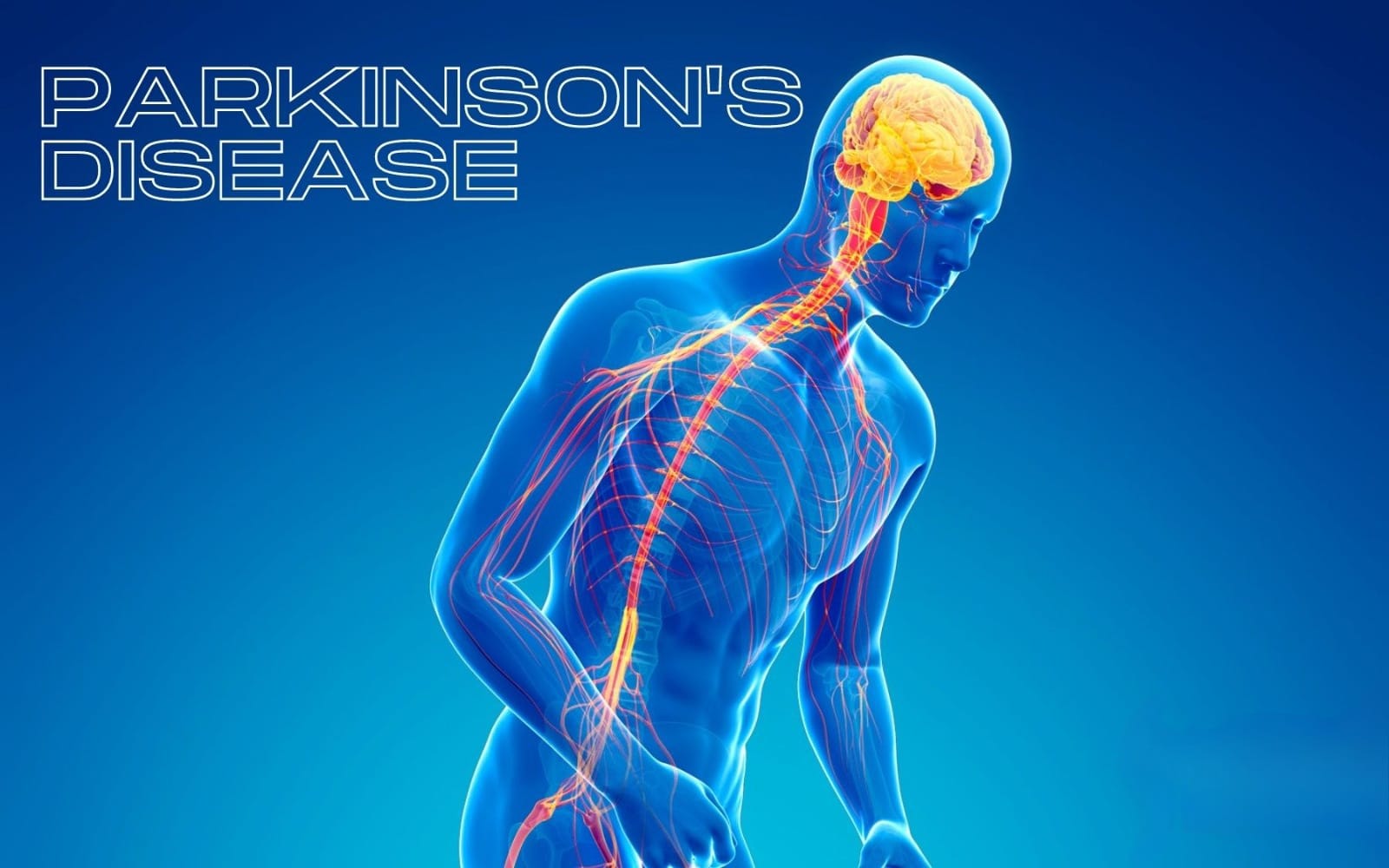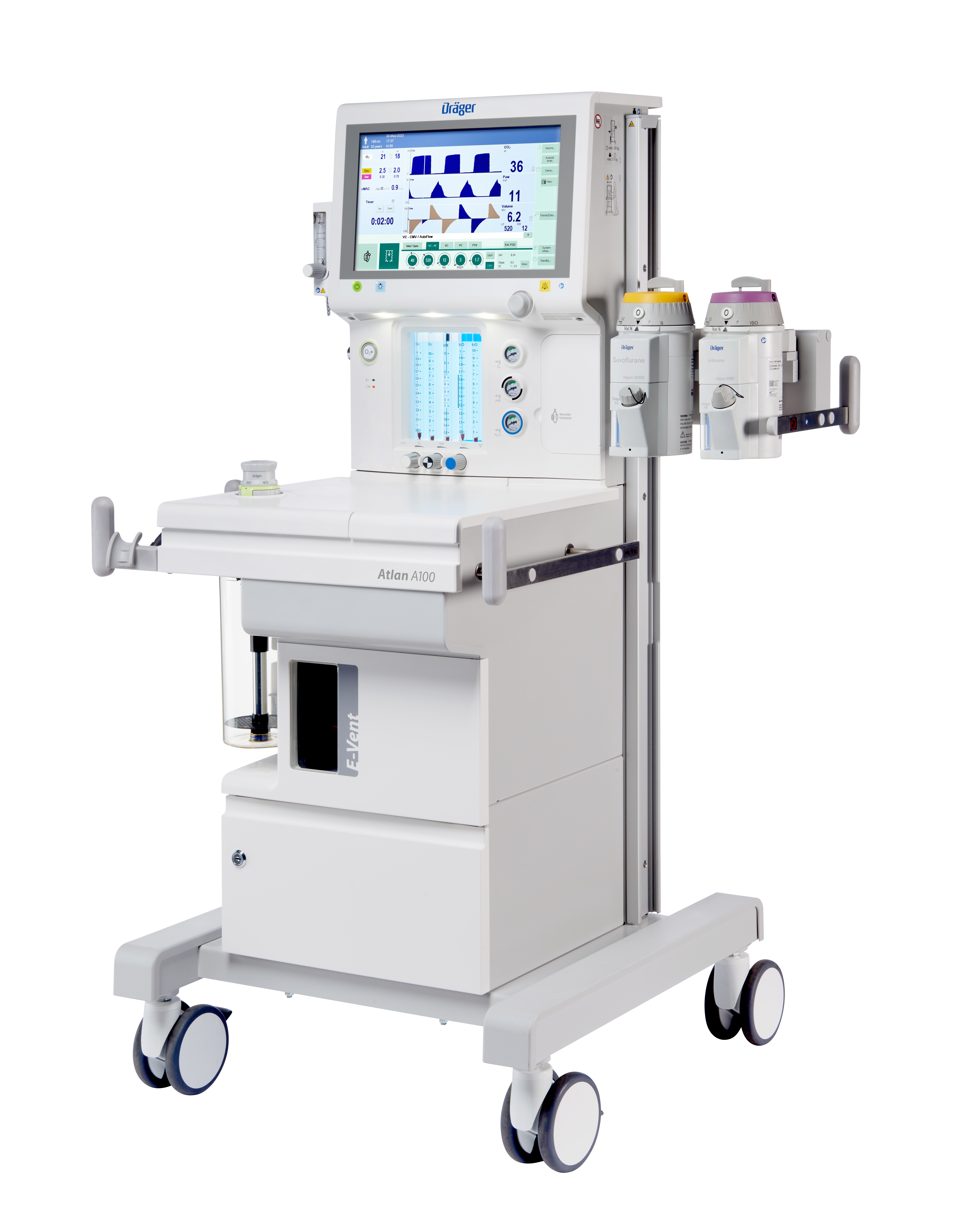‘Prehab’ exercise may boost the impact of chemotherapy given to patients with cancer of the food pipe (oesophagus) to shrink their tumour (s) before surgery, reveals the first study of its kind, published online in the British Journal of Sports Medicine.
Tumour shrinkage was greater in the exercisers than in those who didn’t exercise, the comparative trial data show.
If the findings are confirmed in further larger studies, they should strengthen the argument for ‘prehab’ exercise to become standard care for all patients about to start treatment for cancer, and not just those who need surgery, say the researchers.
Prehabilitation exercise, dubbed ‘prehab’, can be used to boost strength, stability, balance, and mobility in preparation for surgery or other medical intervention.
An increasing body of evidence points to the effectiveness of exercise in cancer patients, and animal studies have indicated that it may help shrink tumours after chemotherapy.
The researchers wanted to find out if prehab might boost the impact of pre-surgical chemo, formally known as neoadjuvant chemotherapy, in patients with oesophageal cancer.
Neoadjuvant chemotherapy can improve survival in patients with this type of cancer, by shrinking the tumour and helping to stop it spreading elsewhere, an effect known as ‘downstaging’.
But pre-surgical chemo can take a tremendous toll on the body, effectively reducing physical fitness, and hastening the loss of skeletal muscle mass and function (sarcopenia), which may limit subsequent treatment options, and potentially survival, say the researchers.
They offered patients with operable oesophageal cancer either a structured programme of moderate exercise incorporating aerobic and strength training (‘prehab’) plus pre-surgical chemo or conventional best practice (lifestyle advice) plus pre-surgical chemo.
The exercise programme was designed to last until the day before surgery—an average period of around 5 months–and comprised 150 weekly minutes of moderate-intensity activity plus 2 strength-based sessions. Each patient underwent 4 cycles of chemo before their surgery.
To assess the impact of the exercise programme during chemo, blood samples were taken before starting treatment, within a week of finishing, and then again, 1, 3, and 6 days after surgery to check on levels of inflammation and other key biochemical indicators of immunity.
Each patient was also scanned to assess changes in skeletal muscle mass and visceral fat and tumour size before and after chemo.
In all, 21 patients were assigned to prehab and 19 to conventional best practice with no additional structured exercise.
Analysis of all the clinical data showed that after pre-surgical chemo the prehab group had higher rates of tumour shrinkage than patients treated conventionally: 15/20 (75%) compared with 7/19 (37%).
And based on tissue samples and the number of affected lymph nodes, more patients in the prehab group had their cancer downstaged: 9 (43%) vs 3 (16%).
These patients also had greater skeletal muscle mass and less visceral fat, but without any weight loss, as well as a stronger immune response and lower levels of inflammatory chemicals in their blood.
A relatively small number of patients were included in this clinical trial and they weren’t randomly allocated to try and eliminate the influence of unknown factors, so further larger studies are needed to confirm the findings, caution the researchers.
But they point out: “Tumour downstaging and response to chemotherapy are arguably the most important prognostic factors in oesophageal cancer.
“That structured exercise programmes might contribute to improved cancer regression, possibly through enhanced immunological and/or inflammatory modulation, is potentially clinically significant.”
They add: “The results from this analysis, showing improvements in pathological regression in the primary tumour and clinical downstaging are hypothesis generating and the first to be demonstrated in a clinical trial in oesophageal cancer.”
And they conclude: “While the limitations in patient numbers and non-randomised design mandate caution, the impact for patients is potentially significant. Further work to confirm or refute these findings is urgently required, including whether or not improvements in chemotherapy response may translate into a survival advantage.
“Pending this, the present results further strengthen the rationale for exercise to be prescribed as standard care in patients undergoing treatment for cancer.”
_cancer.jpg)
 Tumour shrinkage is greater in exercisers, small comparative trial results reveal
Tumour shrinkage is greater in exercisers, small comparative trial results reveal











.jpeg)

.jpeg)
.jpeg)

.jpeg)


.jpeg)



.jpeg)
.jpeg)
.jpeg)


.jpg)


.jpeg)
.jpeg)